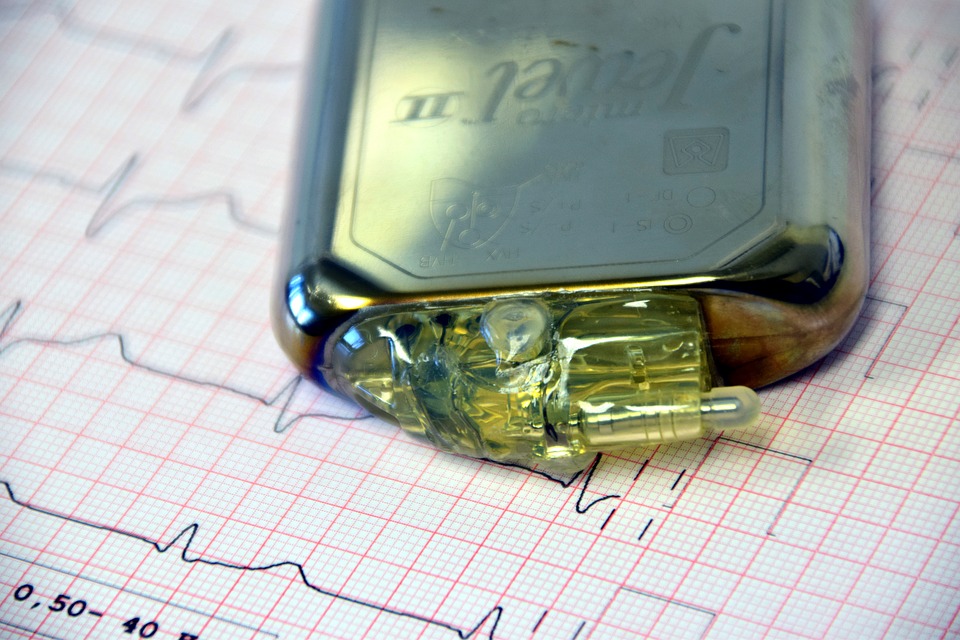What is Coronary Artery Vasospasm?
Coronary artery vasospasm is commonly defined as the sudden smooth muscle constriction of the coronary artery. It happens when the walls of the blood vessels squeeze together, resulting in the narrowing of arteries. This constriction ultimately prevents the blood from flowing to your heart.
Coronary artery vasospasm itself is not severe or painful. Although this phenomenon is temporary and does not involve much pain, it can ultimately lead to significant problems, including heart attack and even death of the person.
These spams are difficult to diagnose as there are not many visible symptoms that could help a person to make a precise judgment. According to experts, a younger person is affected by coronary artery vasospasm more than by any other heart disease. Moreover, it is more prevalent in females as compared to males.
These spams are likely to occur if you have bad conditions such as high cholesterol levels or high blood pressure, which can ultimately affect your heart.
What are the Causes of Coronary Artery Vasospasm?
Although physicians are still unable to diagnose the basic reason for these vasospasms precisely, there are some common causes reported. As discussed earlier, the significant causes that trigger coronary artery vasospasm are high cholesterol levels and high blood pressure.
Similarly, smoking is considered another potential cause of these spasms. According to recent studies, approximately 2% of people suffering from a heart attack and blood pressure are at risk of these vasospasms. This condition also tends to occur in patients who have atherosclerosis, which is a condition in which plaque builds up in the artery and ultimately blocks the flow of blood. Vasospasm usually occurs during the transition from sleep to waking, or you might experience it during an episode of stress or anxiety.
It is important to note that you are at greater risk of getting coronary artery vasospasm if there’s an increased risk of developing cardiac diseases. Some common risk factors that onset these vasospasms are:
- Use of vasoconstrictors drugs such as beta-blockers
- Extreme exposure to cold
- Stress
- Consuming stimulant drugs such as cocaine
- Excessive alcohol consumption
- Chemotherapy sessions
- Magnesium deficiency
It’s generally recommended to cut down on these risk factors if you have a history of vasospasm. Sticking to these inappropriate habits would increase the risk of future spasms.
Consequences:
A sudden reduction in blood flow as a result of vasospasm alarms the heart, and multiple warning signals are sent by heart. These alarms are felt by the person in the form of pain in the chest, jaw, left arm, and even in the back.
Considering a young, healthy person, a single episode of vasospasm does not have long term consequences. However, individuals suffering from clogged arteries would get his heart into a potentially dangerous rhythm. Similarly, a cholesterol-filled plague might get ruptured due to vasospasm in the artery, resulting in a cardiac arrest.
Symptoms of Coronary Artery Vasospasm:
Symptoms of these spasms might vary from individual to individual. Similarly, you might feel different symptoms during different occurrences. While there are some silent spasms that do not reveal any symptoms, there are cases when some common symptoms are observed, such as:
- Chest pain which might or might not be severe
- Pain radiating towards head and neck
- A sense of congestion in the chest
- Pressure or squeezing sensation
- Burning sensation in the chest
Diagnosis of Coronary Artery Vasospasm:
Vasospasm is basically a clear indication that there is some problem with your heart’s condition. In order to plan a proper treatment plan, doctors tend to order a variety of imaging tests. These tests give you a complete picture of the heart that ultimately aids the doctors in the diagnosis of vasospasms.
Currently, three different methods are being employed in the diagnosis of these vasospasms.
Coronary Angiography:
This is basically a special X-ray test that uses a dye to create proper images of blood vessels instead of bones. It is helpful in measuring the blood flow through your heart.
Echocardiogram:
This ultrasound test involves the use of sound waves to know about blood flow by taking pictures of heart valves.
Electrocardiogram:
The electrical patterns and activity of the heart are measured by this test. Since coronary artery vasospasm results in irregular heart rhythms, this test is quite effective in diagnostics.
All of the above mentioned tests have been quite helpful in the diagnosis of coronary artery vasospasm. However, a precise diagnosis is made by an additional test known as “provocative testing,” which involves the use of particular drugs to provoke a spasm. This test allows the doctor to determine the heart condition with certainty.
How to Treat Coronary Artery Vasospasm?
There is no proper cure for these vasospasms; however, physicians mainly focus on relieving chest pain. These are multiple ways for symptom reduction. Usually, a set of medications is prescribed by the doctors to lower the chest pain, including:
- Calcium channel blockers:
These are mainly used for the reduction of muscle tightening in the chest. Calcium channel blockers are quite effective in relaxing smooth muscles of arteries. However, this medication needs to be continued for a long time.
- Nitrates:
Nitrates ease the chest pain by dilating the arteries and relaxing artery walls. You can use this medication on a long term basis or even as a pill in case of another coronary artery vasospasm.
L-arginine is also being used as a dietary supplement to prevent these vasospasms. Similarly, doctors also recommend statins to lower your cholesterol level and ultimately strengthen the arteries.
During the entire treatment, you need to make some lifestyle changes as well for quick recovery. Quitting smoking, in addition to eating a nutritious diet, can be really helpful in reducing your chances of getting more coronary artery vasospasms in the future.
Potential Complications associated with Coronary Artery Vasospasm:
No doubt, these vasospasm are temporary; however, they have some long-lasting impacts. If left untreated, these may occur more frequently and lead to devastating consequences, such as the following:
- Heart Arrhythmias might occur when the heart tends to beat irregularly such as at a much faster or much slower rate
- Cardiac Arrest occurs when the blood flow to the brain is completely prevented
- A heart attack involves the complete blockage of blood flow to the heart
- Death
Coronary Artery Vasospasm is a chronic condition and requires a proper treatment plan to avoid triggers. We, at South Florida CardioVascular Specialists, offer multiple services to help you combat this deadly condition. Different methods are employed for its treatment as well as prevention of further complications.





